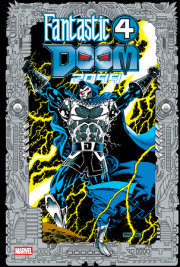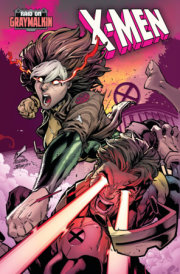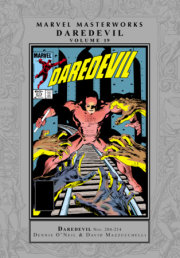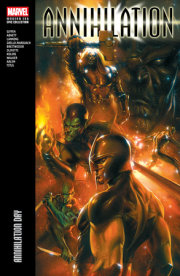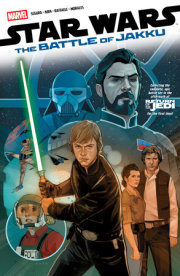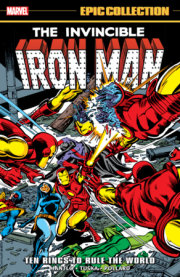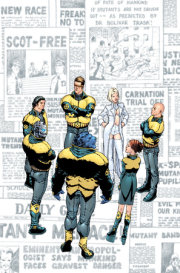One of the most original and widely respected writers in comics, Glasgow-born Grant Morrison got his start with British indie comics during the late 1970s and early 1980s before working on Marvel UK features such as Zoids. After co-creating the popular strip Zenith with artist Steve Yeowell in 2000 AD, Morrison made his mark in America with DC Comics, where he revived an obscure hero to critical acclaim in his Animal Man series. In 1989, he wrote the best-selling Batman graphic novel Arkham Asylum and began a memorably surreal run as writer of the freakish heroes of DC’s Doom Patrol. Subsequent DC projects included Kid Eternity, Sebastian O, Flex Mentallo, Kill Your Boyfriend, Aztek, Invisibles, DC One Million, Flash and a hugely popular revamping of DC’s JLA. Morrison then shifted focus to Marvel Comics, where he had already made a brief pit-stop co-writing 1995’s bizarre Skrull Kill Krew with Mark Millar. In addition to his groundbreaking four-year New X-Men run, Morrison’s Marvel credits include Fantastic Four: 1234 and Marvel Boy. He has since returned to DC, where his later credits include Seaguy, WE3, Vimanarama, JLA: Classified and Seven Soldiers. While serving as a special creative consultant to DC editorial, Morrison has written All-Star Superman, and the flagship Batman title and its spinoff Batman Inc.; co-written the event series 52; and served as the mastermind behind Final Crisis.
Peter Milligan was at the forefront of the 1990s “British Invasion,” introducing a revolutionary new breed of comic books for an adult audience. His Eisner Award-nominated DC/Vertigo series Shade the Changing Man offered a satirical look at American culture from the point of view of an alien visitor from another dimension. Enigma cemented Milligan’s reputation for unparalleled weirdness, and Human Target’s sharp deconstruction of the action-movie paradigm demonstrated his versatility. But the critically acclaimed Marvel series X-Force (later X-Statix), with its unique interpretation of the mutant condition, stands as perhaps his most popular work. His other Marvel credits include X-Men, Sub-Mariner: The Depths and 5 Ronin.
British artist Garry Leach first made a name for himself penciling short strips in 2000 AD before helping launch Warrior magazine and its revival of the character Marvelman (later Miracleman). Leach worked mainly in advertising for years before returning to comics during the 1990s. He worked frequently as an inker and penciled the first issue of Global Frequency, written by Warren Ellis. He also illustrated Magic: The Gathering cards.
The career of British-born artist Alan Davis took off like a rocket after his humble beginnings at Marvel UK. Continuing the collaboration that saw Captain Britain become an enduring critical and fan-favorite, the two co-created D.R. and Quinch. Davis broke into U.S. comics with runs on Batman and the Outsiders and Detective Comics. Hired by Marvel U.S. in 1986, Davis launched Excalibur with Chris Claremont, and the book quickly became one of Marvel mutantdom’s most unique and humorous titles. When Davis took over as writer, he continued many plot threads from his Captain Britain run. Davis also created the super-hero family ClanDestine, and wrote and drew the DC miniseries JLA: The Nail. After a lengthy arc writing and drawing X-Men, Davis went on to work on the miniseries Killraven, Fantastic Four: The End and a ClanDestine revival. He has also illustrated writer Brian Michael Bendis’ Avengers Prime and contributed to the status-quo-changing X-Men: Schism, later helping relaunch Wolverine with writer Paul Cornell.

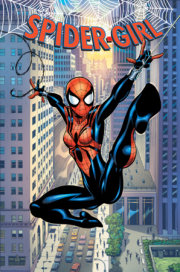
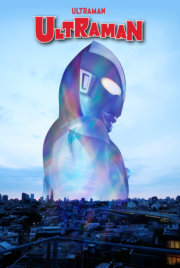
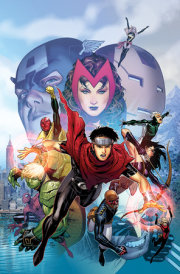
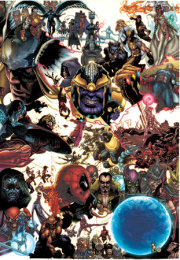
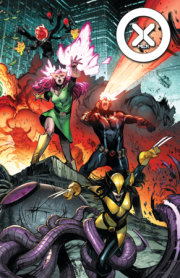
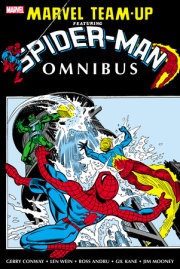

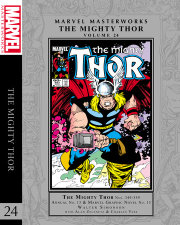
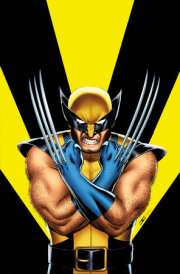

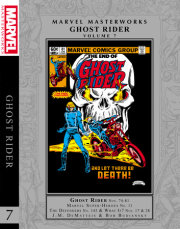
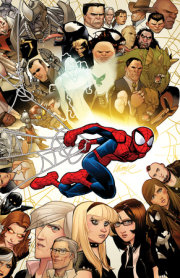
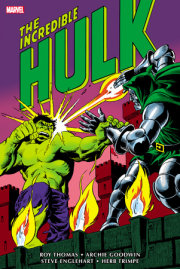

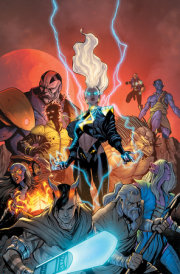
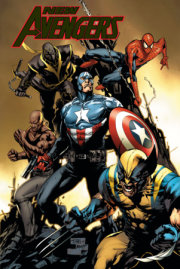

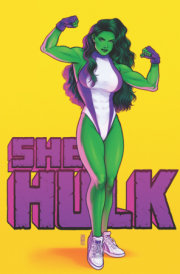


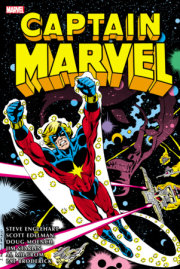
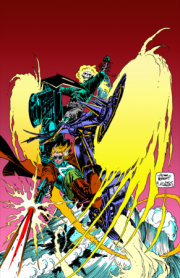
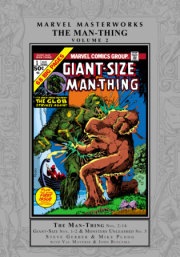

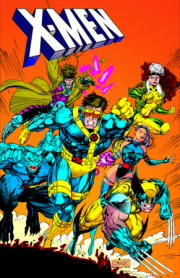
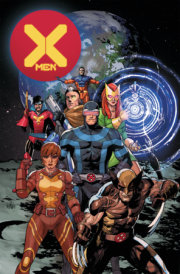
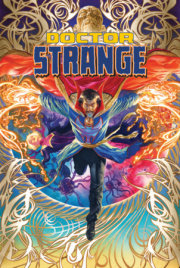
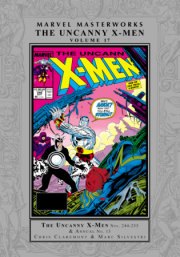
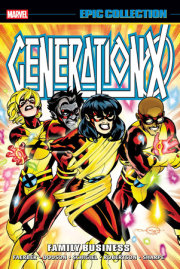
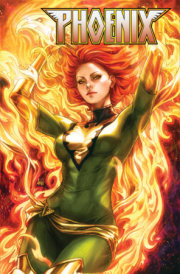
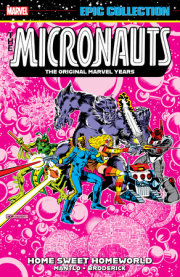
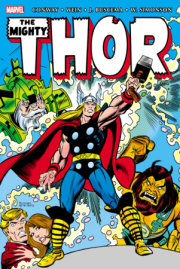
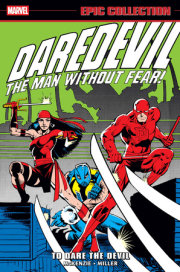
![Iron Man: Demon In A Bottle [New Printing 2]](https://images.penguinrandomhouse.com/cover/9781302961817?width=180)
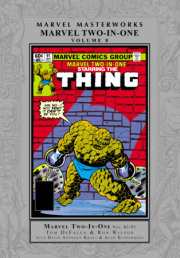
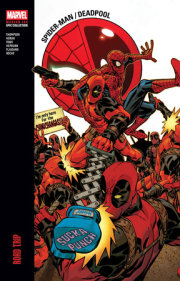
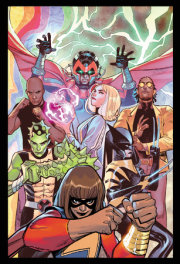

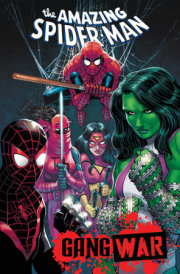
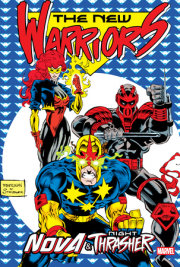
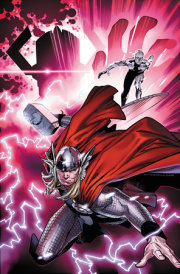

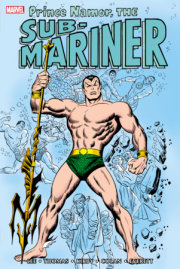
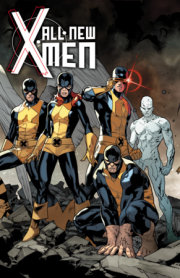
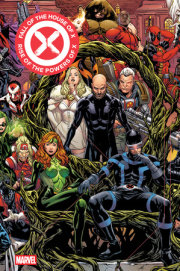
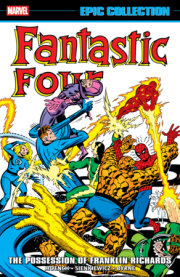
![Original Sin [New Printing]](https://images.penguinrandomhouse.com/cover/9781302966249?width=180)
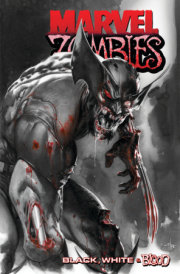
![X-Factor By Peter David Omnibus Vol. 1 Larry Stroman Cover [New Printing]](https://images.penguinrandomhouse.com/cover/9781302963705?width=180)
![Avengers West Coast Epic Collection: Vision Quest [New Printing]](https://images.penguinrandomhouse.com/cover/9781302963910?width=180)
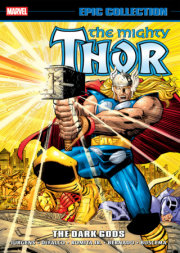
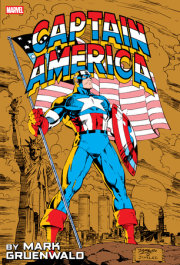
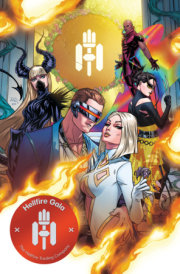
![Wolverine Goes To Hell Omnibus Jae Lee Cover [New Printing]](https://images.penguinrandomhouse.com/cover/9781302961381?width=180)
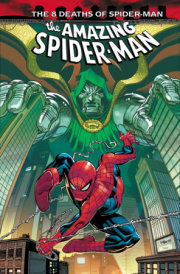
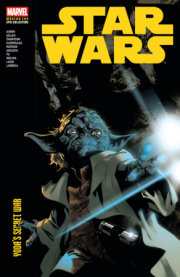
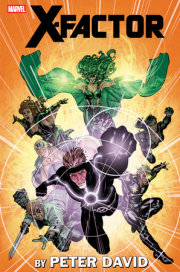
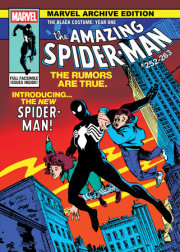


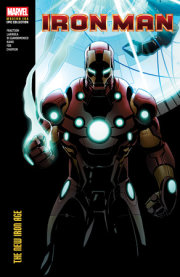

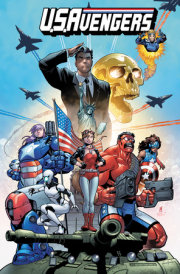
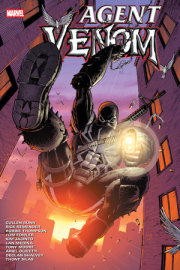

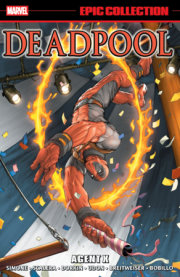

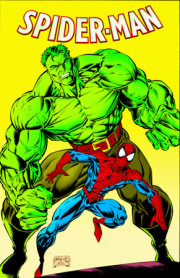
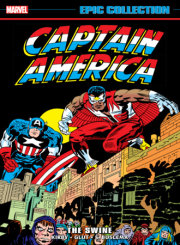
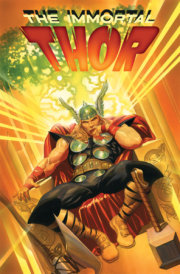
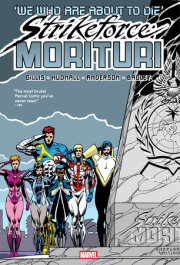
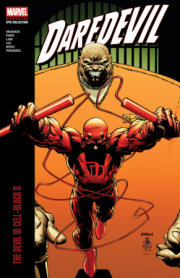
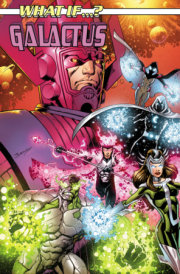

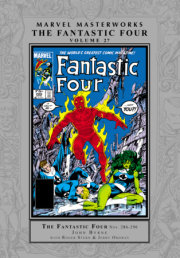


![Marvel Masterworks: The Silver Surfer Vol. 1 [Remasterworks]](https://images.penguinrandomhouse.com/cover/9781302956042?width=180)

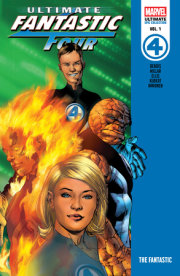
![X-Men: Age Of Apocalypse Vol. 2 - Reign [New Printing]](https://images.penguinrandomhouse.com/cover/9781302963958?width=180)
